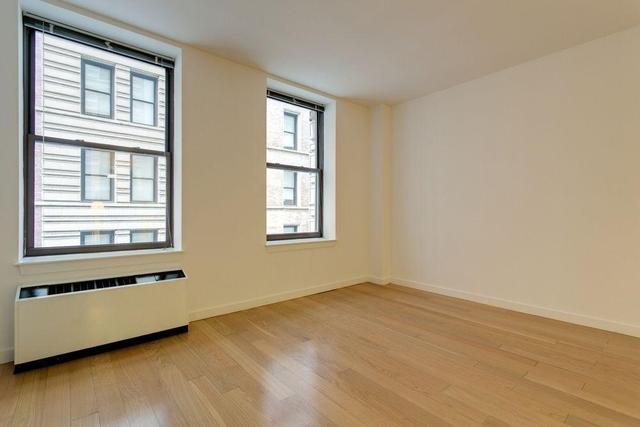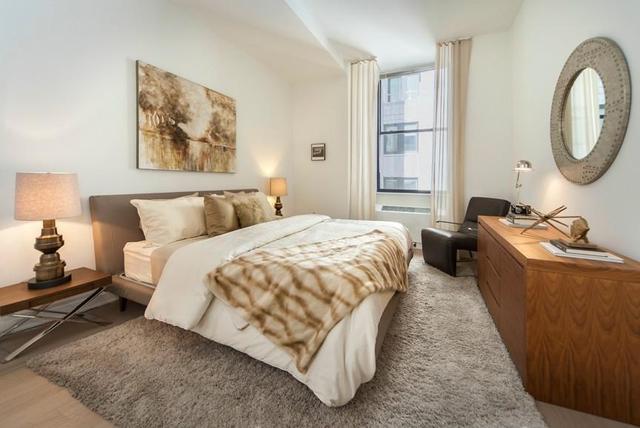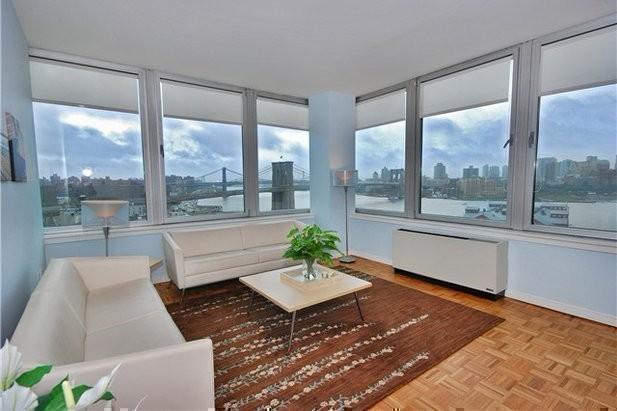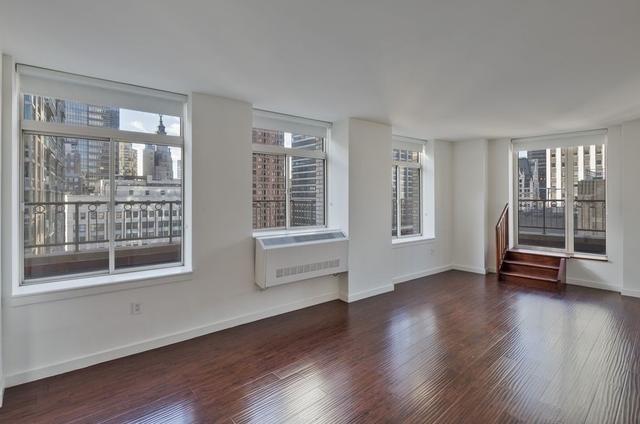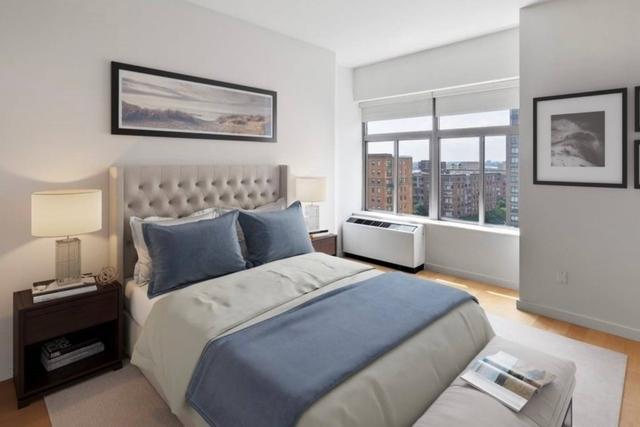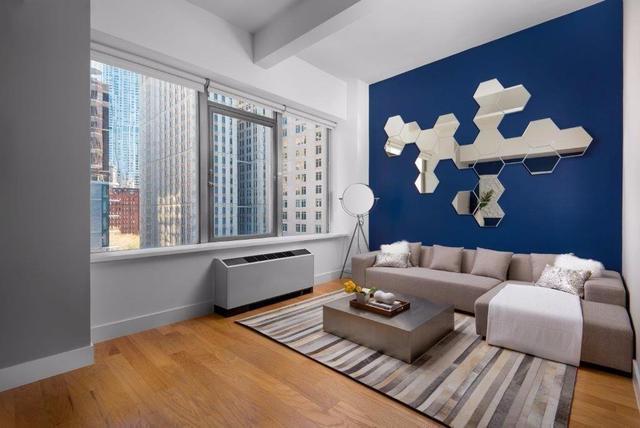
Why is My Room So Hot: Understanding the Factors of a Hot Room
By: ROS Team
Returning home to a space that feels like a steam room can be frustrating, particularly when you’re anticipating a cozy and relaxing environment. There are various reasons why your room may be overly warm, ranging from environmental components to difficulties with your home’s infrastructure.
In this guide, we’ll investigate some common reasons behind a hot room and furnish practical remedies to assist you with cooling it down.
Why One Room in House Is Hot: Possible Reasons
1- The Sun’s Sneaky Grip:
Is your room the star of the sun-facing show? Direct sunlight beaming through windows acts like a personal heater, raising temperatures faster than a TikTok dance trend. Curtains, blinds, and tinting can become your valiant sun-blocking heroes.
2- Airflow Famine:
Trapped air is stagnant air, and stagnant air loves to hold onto heat like a clingy ex. Ensure proper ventilation by opening windows strategically (opposite prevailing winds for best effect) and keeping vents unobstructed by furniture or heavy curtains. Ceiling fans can also be your wind-wielding allies, circulating the air to prevent it from becoming a heat sponge.
3- Insulation Invaders:
Gaps and cracks in walls and windows act like open invitations for outdoor heat to waltz right in. Sealing these leaks with caulk or weatherstripping can be your insulation upgrade superhero move, keeping the warmth where it belongs – outside.
4- Gadget Gluttons:
Electronics and appliances, even in standby mode, are notorious heat generators. Unplug unused devices and consider energy-efficient alternatives to keep your room from becoming a tech-powered furnace.
5- Thermostat Tango:
Is your thermostat stuck in a one-sided conversation with your room? Ensure it’s properly set and functioning, and consider zoning options if your HVAC system allows, giving your sweltering space some much-needed cooling autonomy.
6- High Humidity Levels:
High humidity can make a room feel warmer than it is. Consider using a dehumidifier to reduce moisture levels, especially in areas like basements where humidity tends to be higher. This will not only make the room more comfortable but also prevent the growth of mold and mildew.
How to Fix a Hot Room in House?
If you’re dealing with a hot room in your house, there are several practical steps you can take to address the issue and create a more comfortable living environment. Here are some effective solutions:

1) Improve Ventilation:
- Ensure that windows and doors are open to allow fresh air circulation.
- Use fans strategically to enhance airflow. Ceiling fans, floor fans, or oscillating fans can be effective in promoting ventilation.
- Consider installing an exhaust fan in areas prone to heat buildup, such as kitchens and bathrooms.
2) Seal Gaps and Insulate:
- Identify and seal any gaps or cracks in windows, doors, and walls. Weatherstripping and caulking can be useful for this purpose.
- Check for proper insulation in your walls, floors, and attic. Improving insulation can help regulate the temperature in your home.
3) Manage Sunlight Exposure:
- Use curtains or blinds to block direct sunlight during the hottest parts of the day.
- Consider installing reflective window films to reduce solar heat gain while still allowing natural light into the room.
4) Optimize Cooling Systems:
- Ensure that your air conditioning system is working efficiently. Clean or replace filters regularly, and schedule professional maintenance if necessary.
- Consider upgrading to a more energy-efficient air conditioner if your current one is outdated.
- Use portable fans to circulate cool air within the room.
5) Reduce Heat-Generating Appliances:
- Turn off unnecessary electronic devices and appliances, especially those that generate heat.
- Consider using energy-efficient appliances that produce less heat during operation.
6) Manage Humidity Levels:
- Use a dehumidifier to reduce excess moisture in the air, as high humidity can make a room feel warmer.
- Ensure proper ventilation in areas prone to humidity, such as basements and bathrooms.
7) Strategic Furniture Placement:
- Rearrange furniture to optimize airflow. Avoid blocking vents or placing furniture directly in front of windows.
- Consider using light-colored and breathable fabrics for upholstery, as they absorb less heat.
8) Use Cool Lighting:
- Replace traditional incandescent bulbs with energy-efficient LED bulbs, which produce less heat.
- Consider using task lighting instead of relying solely on overhead lights, as this can reduce the overall heat generated by lighting fixtures.
9) Create Cross-Ventilation:
- Open windows on opposite sides of the room to allow for cross-ventilation, promoting the flow of fresh air.
10) Consider Thermal Curtains:
- Invest in thermal or blackout curtains that are designed to block both light and heat, helping to insulate the room.
Why Is My Room So Hot: Final Thoughts
A hot room can cause discomfort, however, determining the underlying causes can assist with executing impactful remedies. Enhancing air flow and insulation, as well as regulating sunlight exposure and upgrading cooling systems, addressing these factors can add to a cooler and more satisfying living area.



